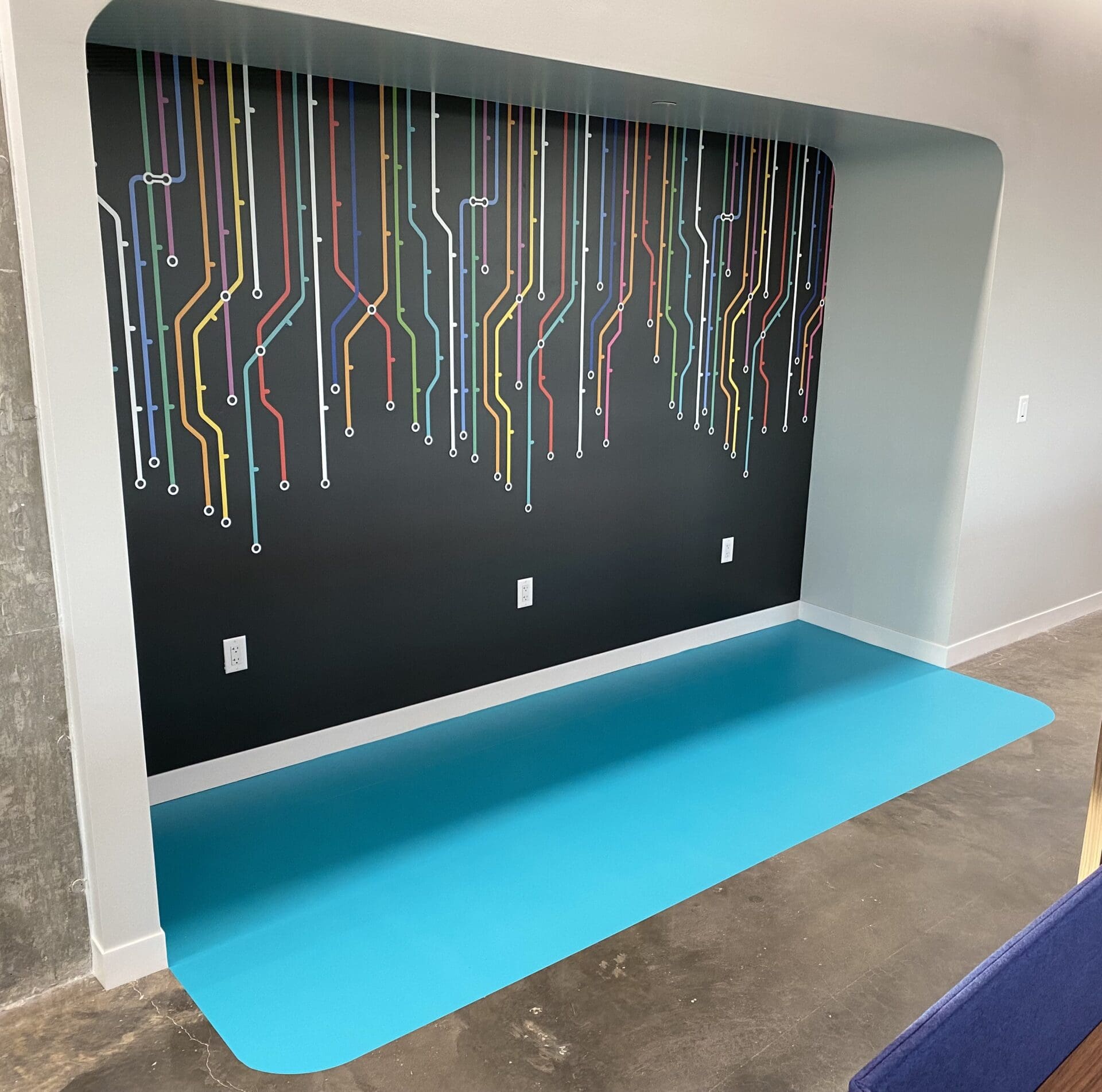Best Practices for Environmental Signage

Environmental signage is everywhere you look, providing information, helping with navigation, and conveying important messages. Environmental signage is your guide in a large building or on public transport. It is a source of information in an office building or large mall. It is a vital sales tool for a retailer or service provider.
Getting your environmental signage right can make all the difference to how your clients or customers experience your business and the actions they take. Great environmental signage should create a positive experience for users, boost customer satisfaction and improve brand identity and loyalty.
Let’s explore some of the best practices in getting your environmental signage right.
Decide what purpose your environmental signage should play.
The very first question you need to ask when planning your signage is ‘what do you want your audience to gain from your signage?’
Is your signage informational or navigational? Is it there to build brand trust? Does your signage need to convey professionalism or is the primary focus to create excitement or even to build morale for your staff?
Once you know its purpose you can start to plan and create your design with conviction.
Choose how you want to connect with your audience.
Emotions matter. Being able to connect with your customer, staff or clients through great signage will go a long way in fulfilling your purpose. If you want your signage to convey professionalism and trust, you need your clients to feel that professionalism. If you want your employees to feel a sense of pride in where they work, signage that connects with them on an emotional level will feed into that feeling of pride and build loyalty.
Emotions can be touched with good use of color, choice of wording or even a particular font or typeface. A good creative and design team can help you find the right choices.
Be creative about placement.
Walls aren’t the only place for signage. Whether your interior signage is directional, informational or promotional, the placement of your sign can make a real impact.
Directional signage may make more sense overhead than against a wall. Promotional signage at the back of a cashier screen or in a retail change room could be more memorable and garner more attention and excitement than if it was somewhere expected.
Make it easy to read.
Being creative with your signage is great but always make sure your clients, customers or employees can read it. There is no greater let down than a beautiful sign that is illegible, especially if your goal is to inform or direct. Your signage specialists can help you find the right mix between creativity and practicality.
Choose how your signage will live within your environment.
Environmental signage should add to the environment in which it is placed. Great signage complements its surroundings rather than fighting against it. The materials you choose, the designs and colors all need to work together to create a cohesive look and feel that feels right for your brand and for your message. You may choose a natural wood sign if you run an environmental agency or pick a sign made from building blocks if you own a children’s creche.
Work with an experienced environmental signage company.
Identity Group’s 67+ years of experience with signage makes them an invaluable partner to some of the most iconic brands around.
We can help you create the best environmental signage for your needs, from the initial design process all the way to the final sign installation. Contact us to discuss how we can bring the best practices in environmental signage to your business.
